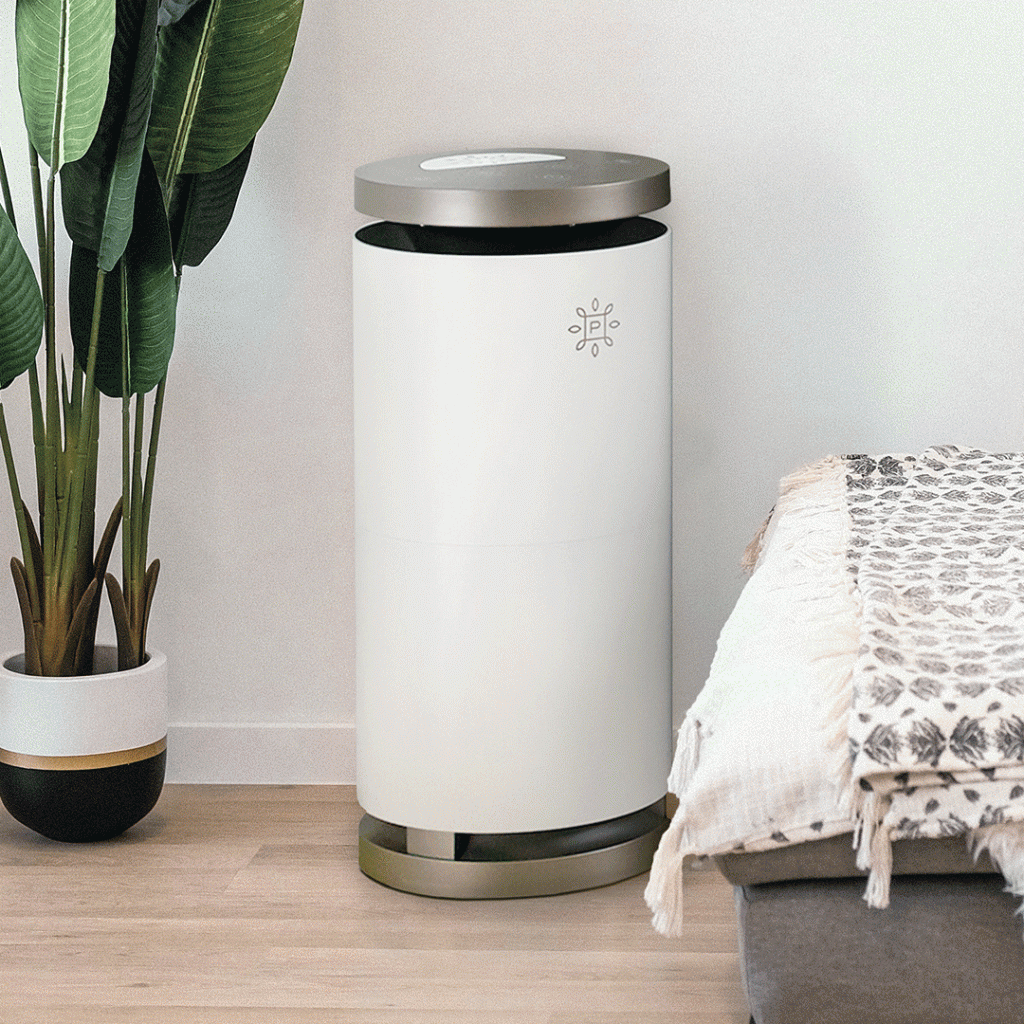Air Purification Acronyms Explained

Air purifiers often come with technology that’s explained in an obscure acronym and leaves the rest subject to interpretation. When you’re shopping for an air purifier for your home or office, finding the right one to fit your needs is important, but all of those acronyms can get in the way. Below is a list of acronyms that you may encounter when searching for an air purifier, with a brief explanation you can reference during your search for the right air purifier.
HEPA
HEPA stands for “High Efficiency Particulate Air” and is used to describe filters that trap up to 99.97% of particles down to 0.3 microns. For size reference, a particle of dust is 40 microns. Air purifiers equipped with HEPA filters undergo testing to ensure that they meet the HEPA Standard and are able to continuously filter out microscopic allergens.
CADR
CADR stands for “Clean Air Delivery Rate” and was developed by the Association of Home Appliance Manufacturers (AHAM) to measure performance of residential air purifiers. This rating refers to the cubic feet of air purified every minute. The higher the CADR score, the more efficient the air purifier is at filtering different particles out of the air. However, CADR as a measurement isn’t without its flaws. CADR is only measured for the first 20 minutes of an air purifier running. Many air purifiers begin to lose efficiency after that first 20 minutes. Keep this in mind as you shop for air purifiers.
PMS
PMS stands for “Particulate Matter Sensor.” It’s used in air purifiers most often because these sensors use light beams to detect microscopic particles passing by it, which in turn tells the air purifier that it needs to clean the air.
VOC
VOC means “Volatile Organic Compound(s)” and is emitted as a gas from certain solids and liquids. According to the EPA, “VOCS include a variety of chemicals, some of which may have short and long-term adverse health effects.” Air purifiers are often used to remove VOCs from indoor air. The QuietPure Home Plus Smoke Air Purifier is a good example of a high-performance air purifier that is equipped to target VOCs and odors.
MCS
MCS stands for “Multiple Chemical Sensitivity” and pertains to people that have particularly severe sensitivity or allergic reactions to pollutants that contain VOCs, perfumes, diesel, smoke, or other chemicals. Unlike allergies however, the causes of MCS aren’t fully understood.
AHAM
AHAM is an acronym for the Association of Home Appliance Manufacturers. When an appliance is AHAM certified, it means it has met and will perform to the standards set forth by AHAM for that particular category of appliance.
HEPASIlent
HEPASilent is a trademarked term used by Blueair for their air purification units, including the Blueair AllergyGuard Plus. The technology allows for effective removal of allergens while remaining whisper-quiet, so you won’t notice it’s even running.




